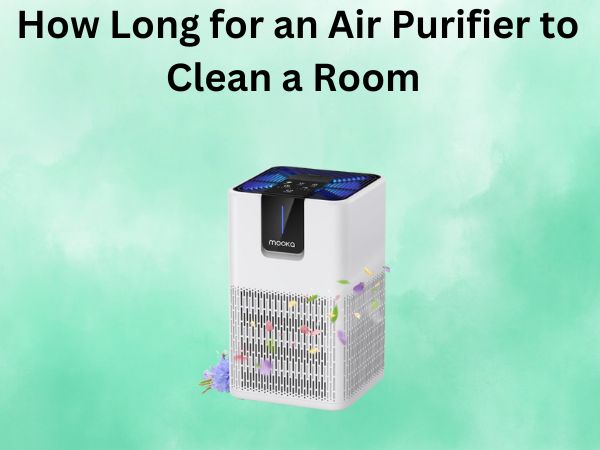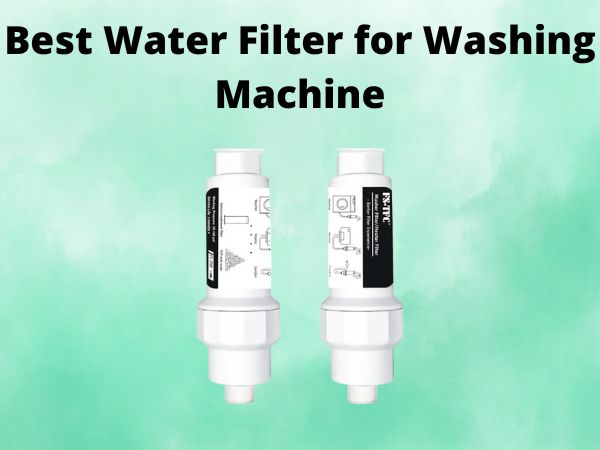How to Reseal a Water Bottle Without Leaks
Table of Contents
Introduction: The Importance of a Proper Water Bottle Seal
In today’s fast-paced world, a reliable water bottle has become an essential accessory for many of us. Whether you’re an active individual, a busy professional, or simply someone who values the convenience of having water on hand, a well-sealed water bottle can make all the difference. A leaky water bottle, on the other hand, can be a frustrating and messy experience, leading to spills, water damage, and the potential loss of your favorite hydration companion.
Identifying a Leaky Water Bottle
The first step in resealing a water bottle is to identify the source of the leak. Look for signs of wear and tear, such as cracks, holes, or a loose cap. Pay close attention to the sealing mechanism, which is typically a rubber gasket or o-ring. If you notice any damage or looseness in this area, it’s a clear indication that the seal needs to be addressed.
Gathering the Necessary Supplies
Before you begin the resealing process, make sure you have the following supplies on hand:
- Replacement gasket or o-ring (if needed)
- Cleaning supplies (e.g., mild soap, water, and a soft cloth)
- Silicone sealant or lubricant (optional)
- Pliers or a small tool to help remove the existing seal (if necessary)</
Preparing the Water Bottle for Resealing
Start by thoroughly cleaning the water bottle and the sealing mechanism. Use a mild soap and water solution, and a soft cloth or sponge to remove any dirt, grime, or residue. This will ensure that the new seal can adhere properly. Dry the area completely before proceeding.
Resealing the Water Bottle
If your water bottle has a removable seal, carefully pry it out and inspect it for any damage. If the seal is worn or damaged, replace it with a new one that is the correct size for your water bottle. Gently press the new seal into place, making sure it is seated properly.
If the seal is not removable, you may need to use a silicone sealant or lubricant to help create a tighter seal. Apply a small amount of the sealant or lubricant to the sealing mechanism, and then reassemble the water bottle according to the manufacturer’s instructions.
Ensuring a Tight, Leak-Proof Seal
Once the water bottle is reassembled, test the seal by filling it with water and turning it upside down or squeezing it gently. If you notice any leaks or drips, you may need to adjust the seal or apply additional sealant. Be patient and keep testing until you’re satisfied with the results.
Troubleshooting Common Issues
If you’re still experiencing issues with a leaky water bottle, here are a few common problems and solutions to consider:
- Damaged or Worn Seal: Replace the gasket or o-ring with a new one that is the correct size and shape for your water bottle.
- Misaligned Seal: Carefully remove and reinstall the seal, ensuring it is properly seated and aligned.
- Worn or Damaged Bottle: If the bottle itself is damaged, it may be time to replace the entire unit.
Preventive Measures for Maintaining the Seal
To ensure your water bottle’s seal lasts as long as possible, follow these simple tips:
- Clean the water bottle and seal regularly with mild soap and water
- Avoid exposing the bottle to extreme temperatures or direct sunlight
- Store the water bottle with the cap or lid open to prevent the seal from becoming deformed
- Replace the seal or o-ring at the first sign of wear or damage
Conclusion
Resealing a water bottle may seem like a minor task, but it can make a big difference in your daily life. By taking the time to properly reseal a leaky water bottle, you can prevent spills, protect your belongings, and enjoy the convenience of a reliable hydration companion. With the right supplies and a little bit of care, you can ensure your water bottle remains leak-free for years to come.
FAQs
1. Can I use superglue or other adhesives to reseal my water bottle?
It’s generally not recommended to use superglue or other strong adhesives to reseal a water bottle. These types of products can be difficult to remove and may damage the bottle or the sealing mechanism. Instead, stick to silicone sealants or replacement gaskets designed specifically for water bottles.
2. How often should I replace the seal on my water bottle?
The frequency of seal replacement can vary depending on how often you use the water bottle, the type of water you put in it, and environmental factors. As a general rule, it’s a good idea to inspect the seal every few months and replace it if you notice any signs of wear or damage.
3. Can I use my water bottle if the seal is slightly loose?
It’s best to avoid using a water bottle with a loose seal, as this can lead to leaks and spills. While a slightly loose seal may not seem like a big deal, it’s important to address the issue before it becomes a bigger problem. Take the time to reseal the water bottle properly for optimal performance and to prevent any unwanted messes.
4. What should I do if my water bottle is too damaged to reseal?
If the water bottle itself is cracked, severely dented, or otherwise damaged beyond repair, it’s time to replace the entire unit. Attempting to reseal a heavily damaged water bottle may not be effective and could even lead to further issues. Look for a new water bottle that is well-constructed and designed to provide a reliable, long-lasting seal.
5. How can I tell if I’ve achieved a proper seal on my water bottle?
The best way to test the seal on your water bottle is to fill it with water, turn it upside down, and gently squeeze it. If you notice any drips or leaks, the seal is not tight enough. Keep adjusting the seal and retesting until you’re confident that your water bottle is completely leak-proof.



